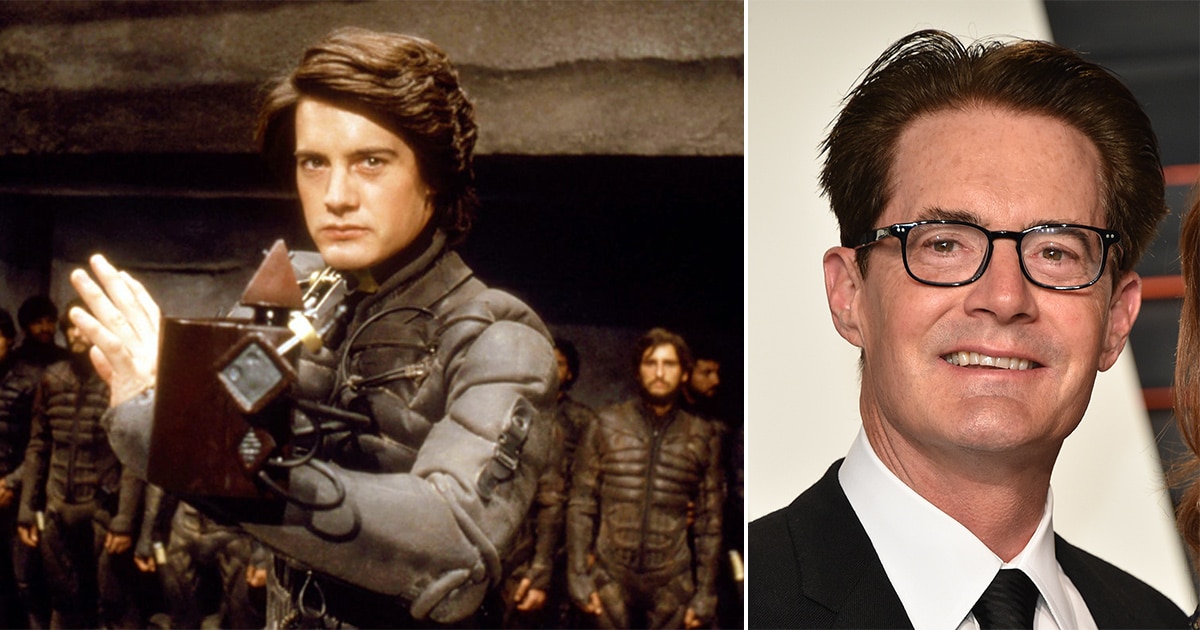Based on Frank Herbert’s 1965 novel of the same name, David Lynch’s 1984 sci-fi epic Dune may have been panned by critics and failed to make back its budget on release, but it has since gone on to become something of a cult classic. Starring Kyle MacLachlan in his film debut, Dune tells the (occasionally confusing) story of noble families battling for control of a drug known as ‘the spice’ on the desert planet of Arrakis.
Though described by the late film critic Roger Ebert as “a real mess,” “incomprehensible,” “ugly,” and “pointless,” the story behind the making of Dune is a fascinsting one, so please read on to find out some things you probably didn’t know this Hollywood science fiction curiosity.
20. The original director wanted to make a 14-hour film starring Mick Jagger and Salvador Dali

On publication in 1965, Frank Herbert’s novel Dune was a huge popular sensation, widely acclaimed as one of the greatest science fiction novels ever.
Naturally, many in the film industry saw its big screen potential, and so the rights were first purchased in 1971.

The project stalled for a few years, until the rights were acquired by Chilean-French arthouse filmmaker Alejandro Jodorowsky.
Jodorowsky’s vision for Dune was extremely ambitious, with the director envisioning a 10-14 hour film with a star-studded cast.
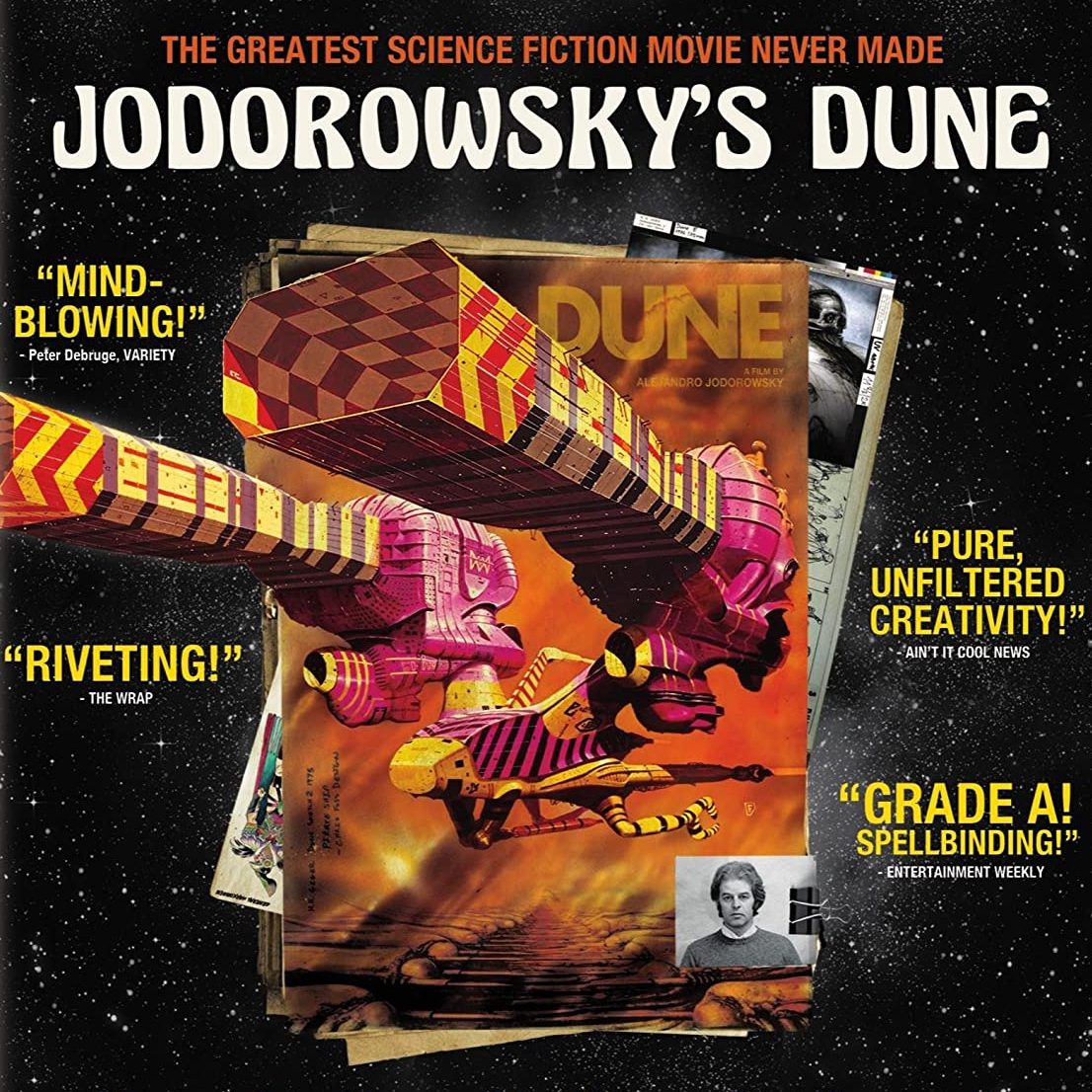
The filmmaker intended to cast such wide-ranging figures as Orson Welles, Mick Jagger and Salvador Dali, with prog-rock band Pink Floyd providing the soundtrack.
However, after an intense pre-production period, the financial backing was withdrawn and the project fell apart. It has since become one of the most legendary unmade films in history, and is the subject of its own documentary, Jodorowsky’s Dune.
19. David Lynch turned down Return of the Jedi in order to direct it
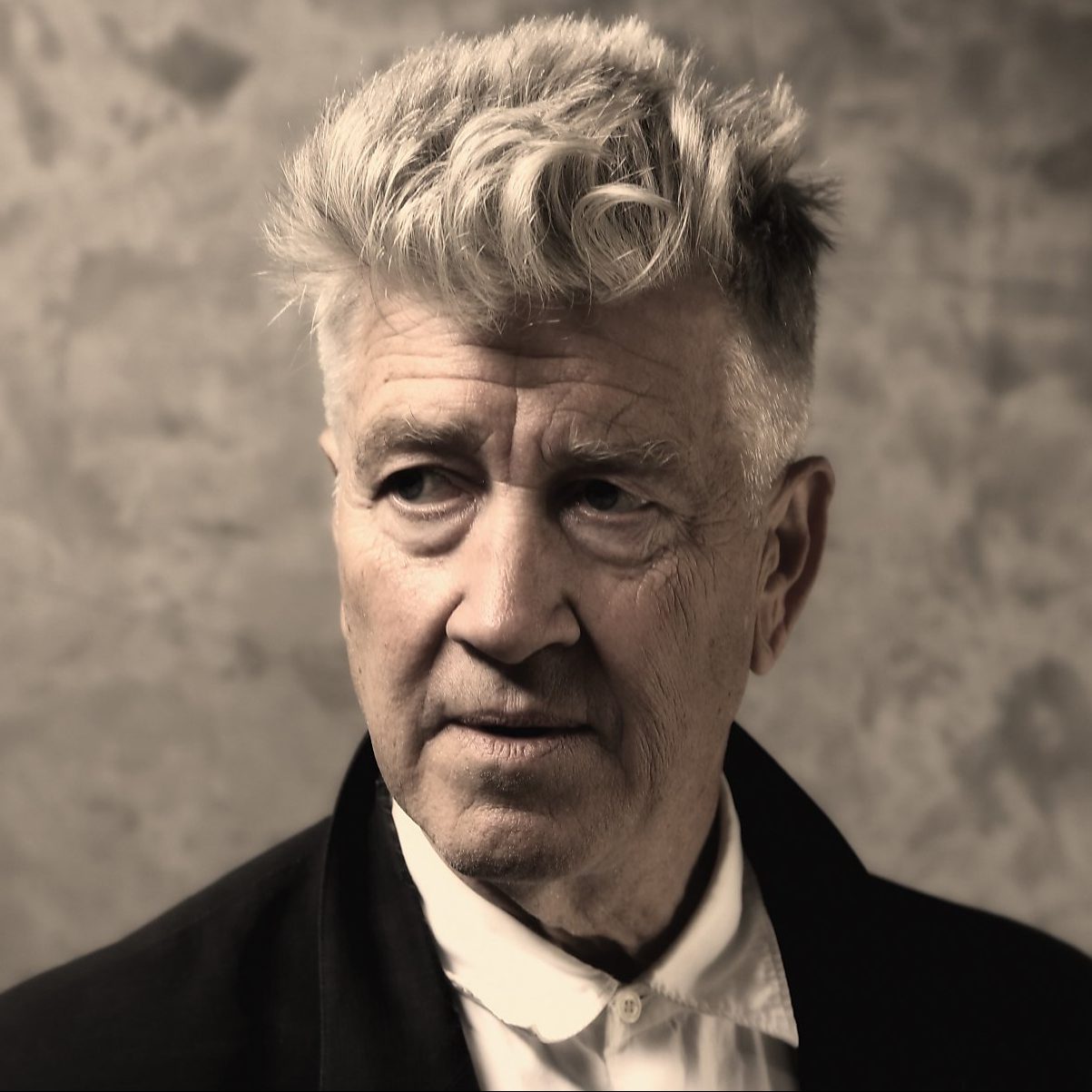
Director David Lynch was brought to Dune by producer Dino De Laurentiis, who purchased the rights in 1976.
De Laurentiis had originally developed the film with director Ridley Scott, before Scott dropped out to make Blade Runner.
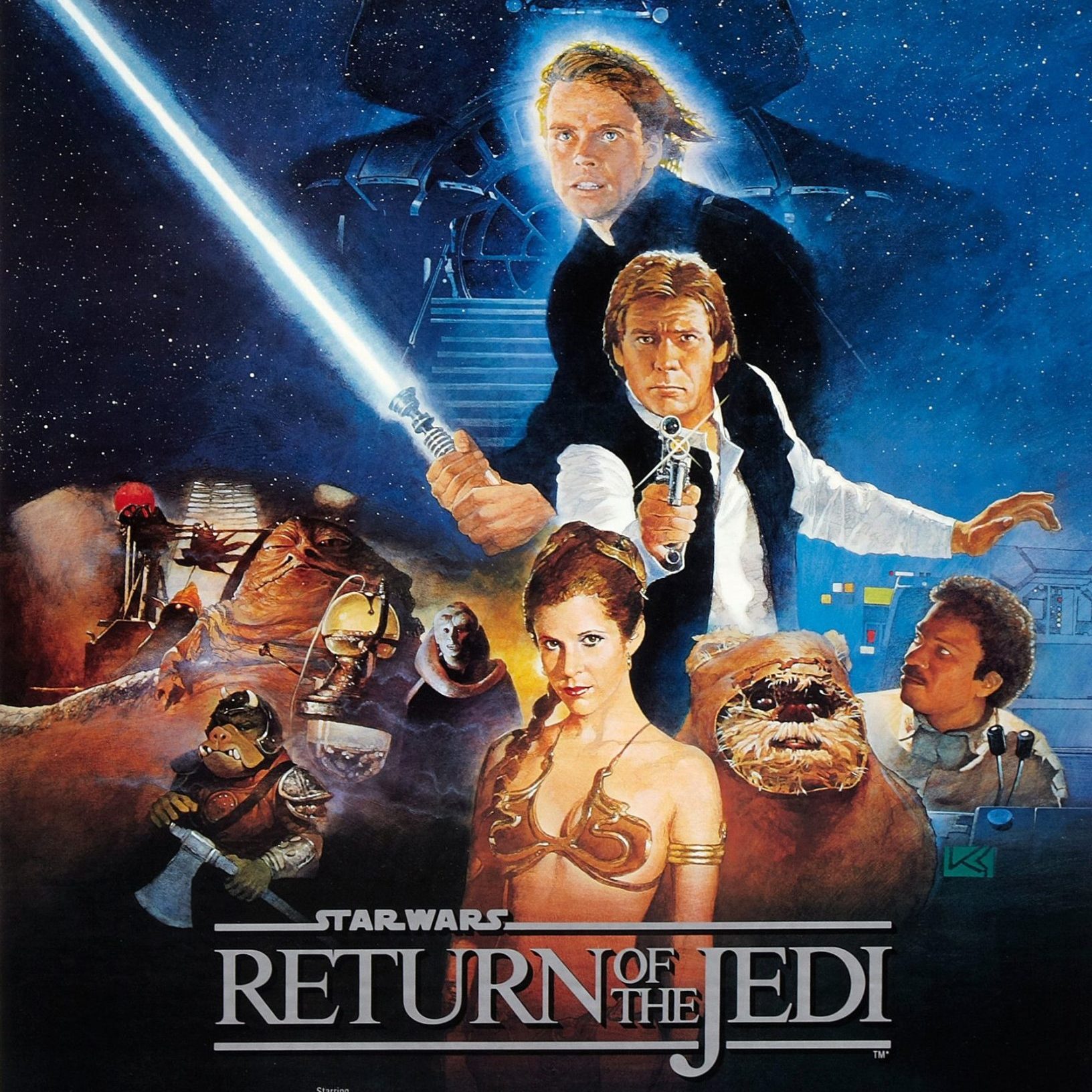
Lynch came to the project having not long since declined the chance to direct another sci-fi epic: Return of the Jedi.
George Lucas asked Lynch (fresh from Eraserhead and The Elephant Man) to make the third Star Wars film, but Lynch declined, telling Lucas it was “not my thing.”
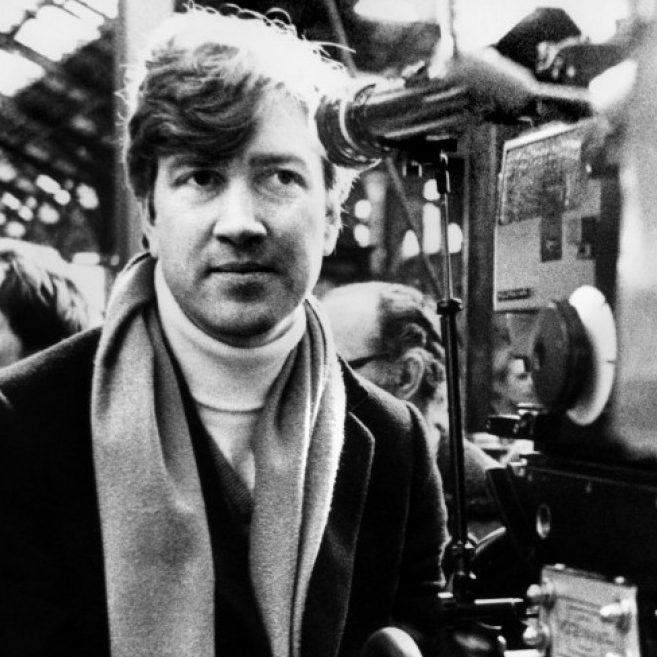
In fact, Lynch was not particularly interested in science fiction in general, nor had he ever read Frank Herbert’s novel Dune.
Nonetheless, Lynch said yes to the picture, explaining years later that he “saw tons and tons of possibilities for things I loved, and this was the structure to do them in. There was so much room to create a world.”
18. The producers wanted the film to be ‘Star Wars for grown-ups’

It wasn’t for nothing that Dino De Laurentiis and company hired David Lynch for Dune fresh from the director’s rejection of Return of the Jedi.
The ambitious producer had long hoped to replicate the success of Star Wars with a film series of his own.
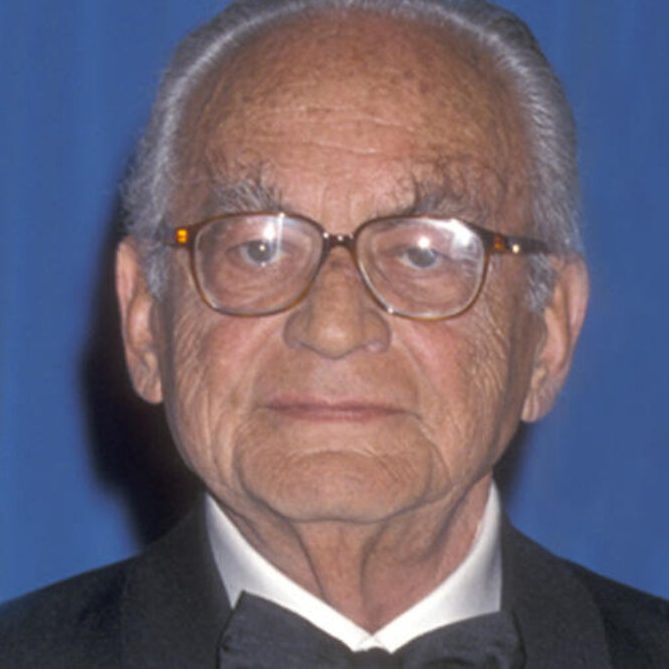
Initially, De Laurentiis had hoped to achieve this with Flash Gordon, but that proved to be a box office failure (although it’s a firm family favourite today).
Virginia Madsen, who played Dune’s Princess Irulan, revealed only recently that she actually signed up for a trilogy of Dune films.

The actress explains that the producers “thought they were going to make Star Wars for grown-ups.”
There was scope to do so, as Dune author Frank Herbert had written several sequel novels. The last of these, Chapterhouse: Dune, was published in 1985, one year after Lynch’s film was released.
17. 1,700 crew members built 80 sets on 16 sound-stages

When cameras finally rolled on Dune, it wasn’t on quite the monumental scale that previous director Alejandro Jodorowsky had been going for.
Even so, David Lynch’s take on the Frank Herbert novel was by no means a small-scale production.

The budget was reportedly in the region of $40 million, which was a pretty huge sum for a movie at the time.
The film required a production crew of 1,700, with a whopping 80 sets built on 16 different sound-stages.
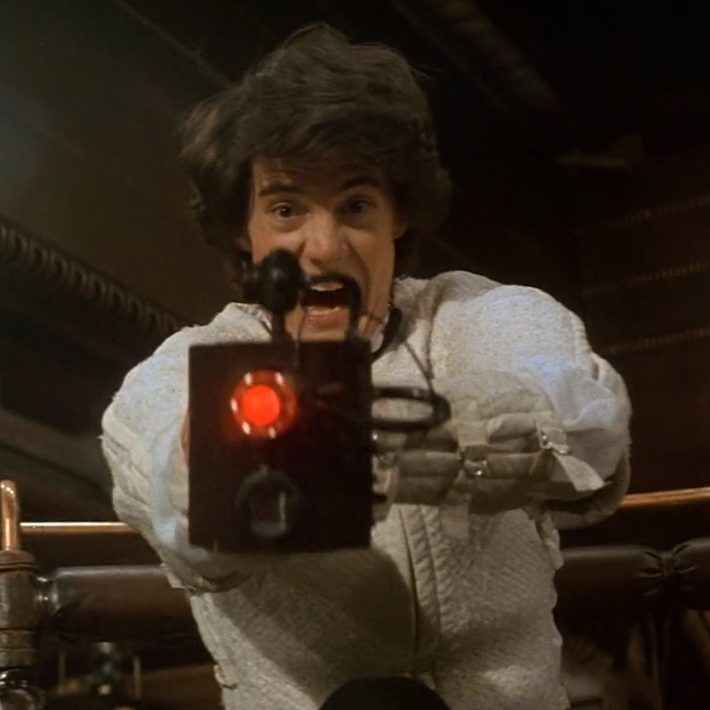
Including the pre-production period when Ridley Scott was attached to direct, the film took six years to make from start to finish.
David Lynch himself personally put over three and a half years of his career into the project.
16. Some cinemas handed out Dune information sheets to confused cinema-goers

Any film based on such a dense text as Dune faces a challenge in adequately getting everything across to viewers.
This was a particular struggle for the filmmakers on Dune – and many would say they failed.

Many who’ve seen the film have admitted finding it highly confusing without prior knowledge of the source material.
In a bid to tackle this problem, some cinemas at the time of the film’s release actually took matters into their own hands.

At many screenings, specially made Dune information sheets were handed to audience members beforehand.
It was hoped that these would help the uninitiated make sense of the complicated backstory and obscure terminology.
15. David Lynch disowned the finished film

Director David Lynch has stated publicly that he considers Dune to be the only failure of his entire career.
The director reflected some time later, “I started selling out on Dune. Looking back, it’s no one’s fault but my own.”
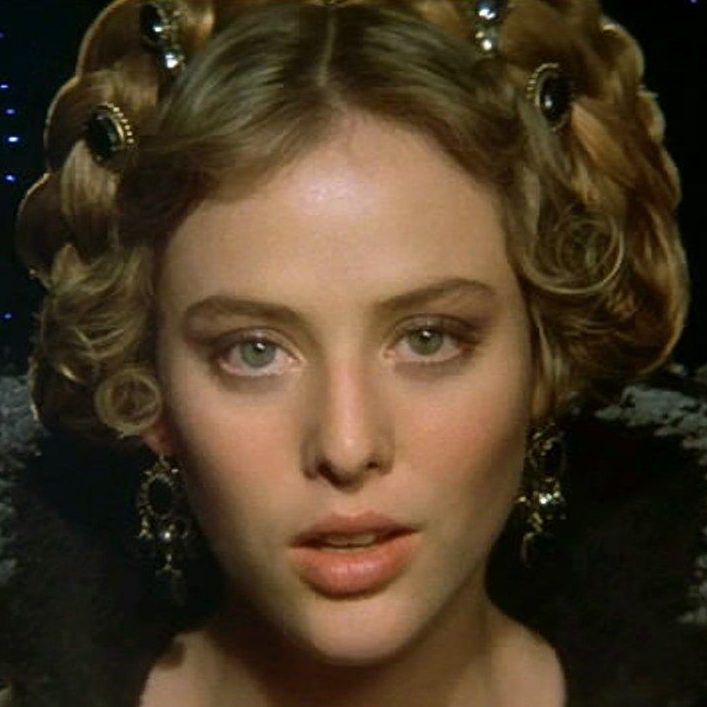
Lynch says he “probably shouldn’t have done that picture… I got strong indications from Raffaella and Dino De Laurentiis of what kind of film they expected, and I knew I didn’t have final cut.”
The director found himself sidelined in the editing process, and at the behest of producer De Laurentiis various scenes were reshot and explanatory narration was added. Later, a number of further cuts were made without Lynch’s involvement.

Lynch had his name removed from a two-part TV version released in 1988, which was instead credited to Alan Smithee (a pseudonym used by directors who no longer want to be associated with a film they directed).
In the years since, Lynch has repeatedly declined offers to produce a definitive director’s cut of Dune, and generally prefers not to discuss the film in interviews.
14. Patrick Stewart called his costume the most uncomfortable he’s ever worn

Dune features an impressive cast of supporting actors, including a number of big-name stars.
The ensemble includes Sean Young, Brad Dourif, Max von Sydow, Sting, Dean Stockwell, Linda Hunt and many others.

Another actor to appear in Dune, who wasn’t especially well known for his screen work at the time, is Patrick Stewart.
The role of Gurney Halleck represented the noted Shakespearean’s first dalliance with science fiction – although, of course, it wouldn’t be Stewart’s last.

The British actor went on to spend many years playing Captain Jean-Luc Picard in the Star Trek franchise, as well as Professor Charles Xavier in the X-Men movies.
Regardless, Stewart once declared that the ‘stillsuit’ he was put in for Dune was the most uncomfortable costume he has ever worn.
13. Val Kilmer and Rob Lowe both declined the role of Paul Atreides

The central role of Dune’s young hero Paul Atreides looked sure to be a coveted part for any up-and-coming actor.
It should come as little surprise, then, that some of the hottest young stars of the era were considered.

One of these was Val Kilmer, at the time a respected young stage actor who had yet to appear in a movie.
After passing on Dune, Kilmer would ultimately make his film debut in 1984 comedy Top Secret!
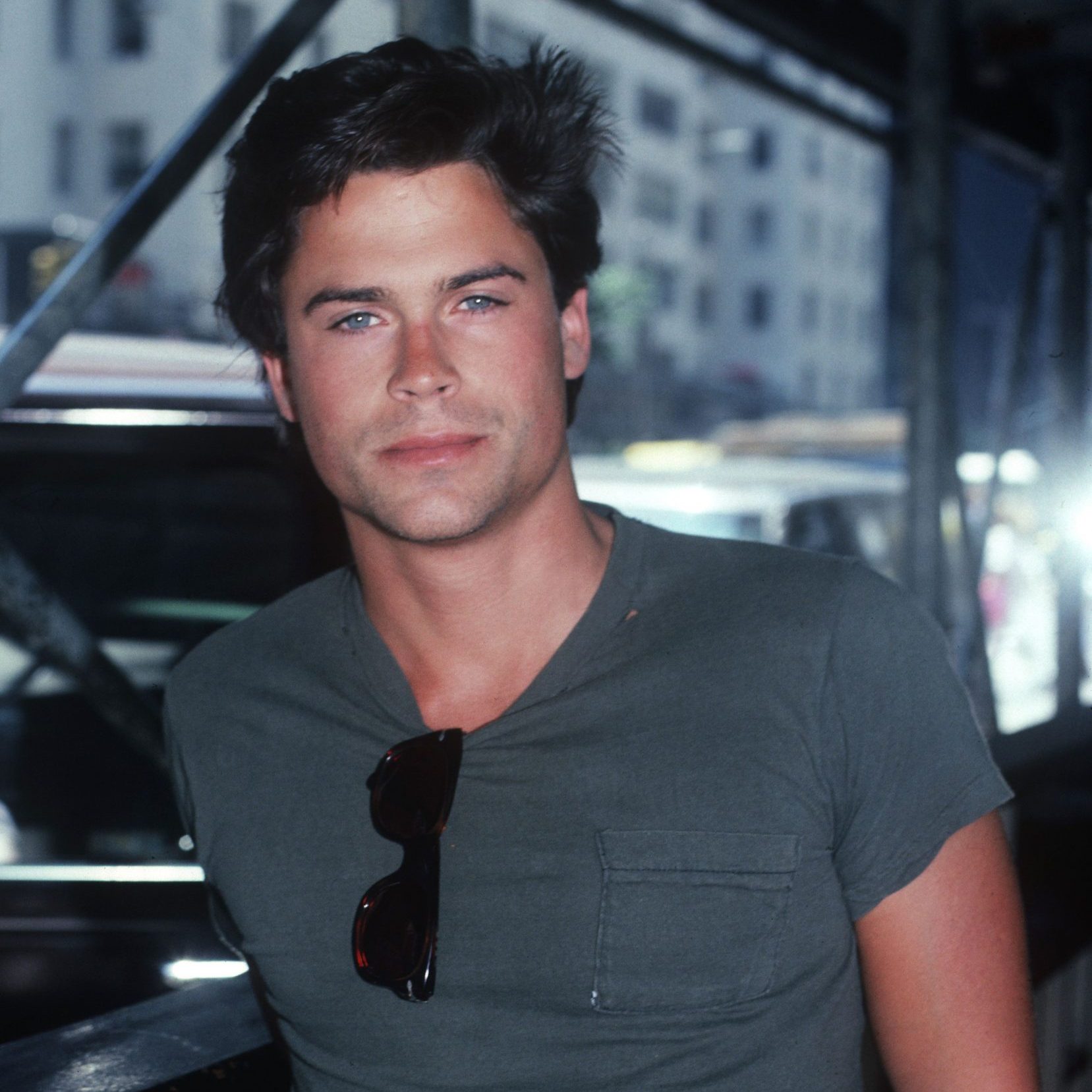
Another Hollywood star in the making who was offered Paul Atreides was Rob Lowe, who had not long since made his debut in The Outsiders – but he also said no.
Before the filmmakers finally cast Kyle MacLachlan, they seriously considered British actor Dexter Fletcher – who, being 17 at the time, was closer to Paul Atreides’ actual age in the book.
12. Helena Bonham Carter almost played Princess Irulan before Virginia Madsen was cast
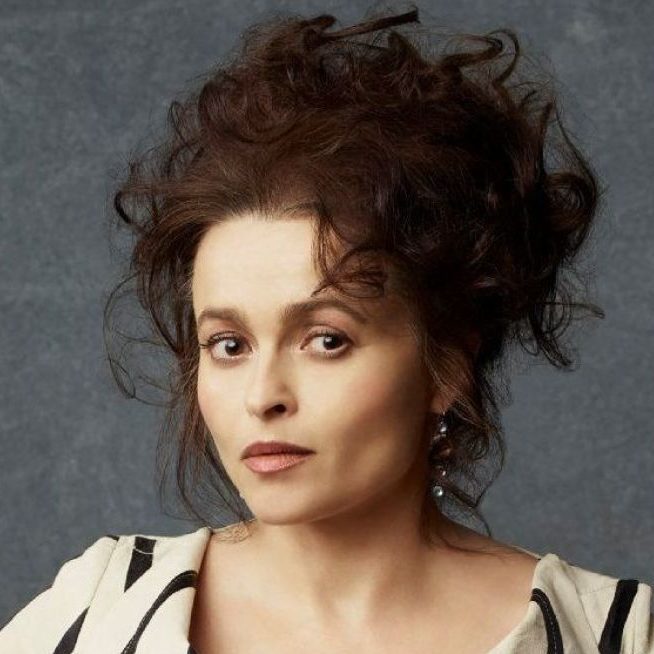
Much as the male lead had many young rising stars in contention for the role, Dune’s female roles also attracted some future big names.
Originally, the part of Princess Irulan was set to be taken by a British newcomer named Helena Bonham Carter.

However, the actress was forced to drop out due to a scheduling clash with what would be her film debut: A Room with a View.
With Helena Bonham Carter out of the frame, a number of other well-known actresses were considered.

Among those in contention for Princess Irulan were Jodie Foster, Michelle Pfeiffer, Meg Ryan, Melanie Griffith, Bridget Fonda, Jennifer Jason Leigh and Sarah Jessica Parker.
In the end the role was taken by Virginia Madsen; it would be the actress’s third film, following Class and Electric Dreams.
11. It’s been blasted as one of the most homophobic films ever made

Quite apart from being considered a misfire on every level, Dune has also been accused of homophobia.
This is due to the villainous character of Baron Harkonnen, portrayed by Kenneth McMillan.
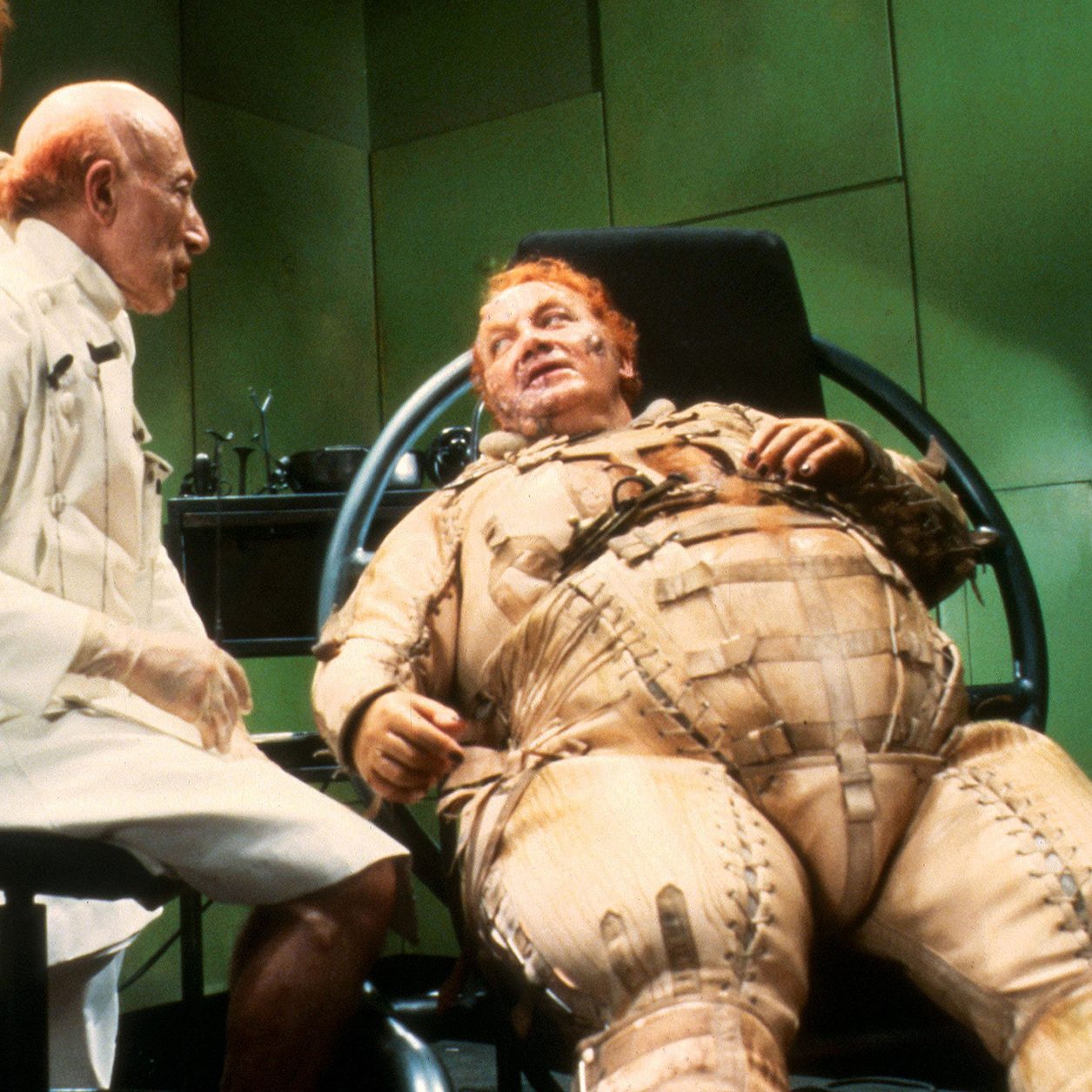
Harkonnen is the only character in Dune implied to be gay, and is portrayed as repugnant and diseased.
One controversial scene sees Harkonnen sexually assaulting and murdering a young man, bleeding him to death, a sequence which film scholar Robin Wood blasted as “obscenely homophobic.”
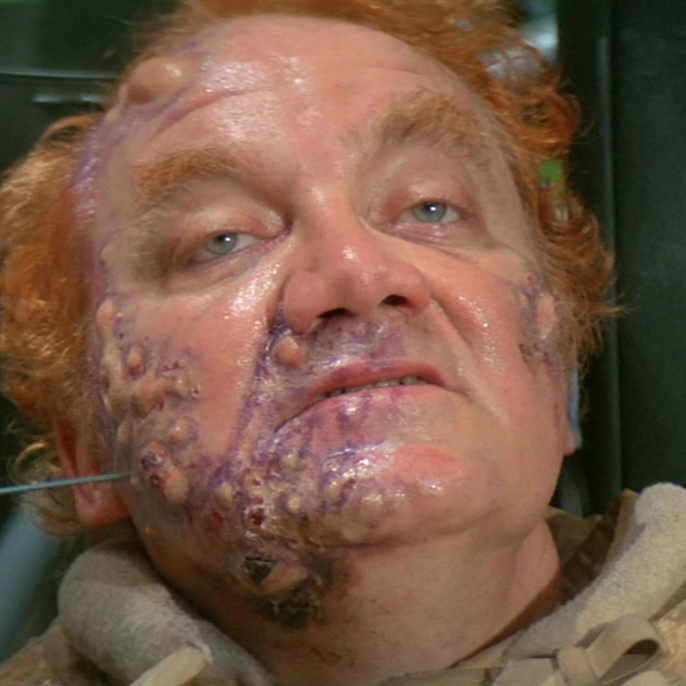
Commentators have suggested this representation of a gay man as murderous and diseased ties in with mainstream fears about AIDS in the early 80s.
Gay rights activist Dennis Altman wrote, “Was it just an accident that in the film Dune the homosexual villain had suppurating sores on his face?”
10. Guild actors were dressed in used body bags

With the huge number of characters and wide range of different cultures represented, the costume department on Dune were kept busy.
One can hardly blame them, then, for cutting the odd corner here and there to make their job a little easier.

However, it is a bit of an eyebrow-raiser when you discover the origins of the black suits worn by members of The Guild.
These suits were in fact body bags dating back to the 1920s, which had been found in a disused fire station.
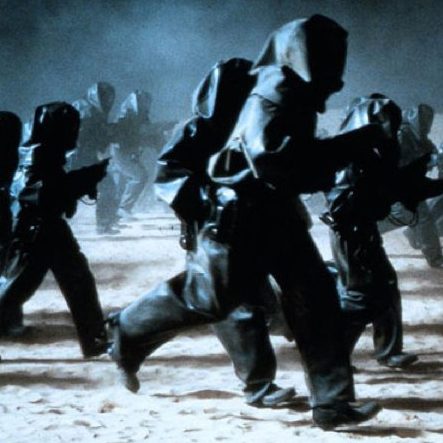
Not only that, but these body bags had been used to carry actual corpses, and more than once.
Perhaps unsurprisingly, cast members who had to don these suits were not made aware of this until afterwards.
9. Sting was originally going to shoot a nude scene

When rocker and actor Sting appeared in Dune as Feyd Rautha, his band The Police were among the most popular rock acts in the world.
This being the case, it was hoped that his casting would bring his fanbase to theatres – especially as the singer and bassist would be seen scantily clad in the film.
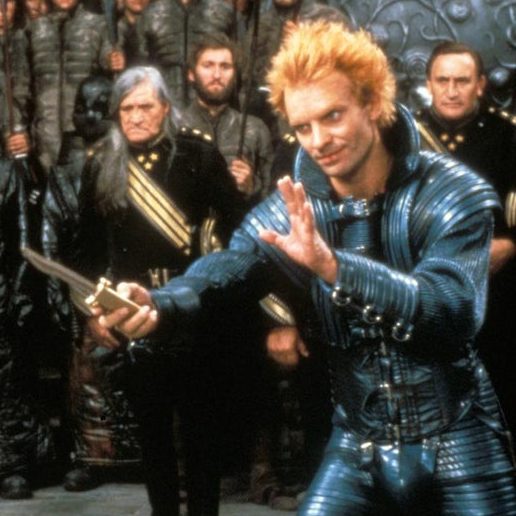
In fact, Sting had originally agreed to shoot one scene for Dune – the steam bath sequence – completely naked.
However, at the eleventh hour, orders came down from on high that Sting could not shoot the scene with literally nothing on.

As a result of this, the costume department threw together the strange winged codpiece that Sting wears in the scene.
Reportedly this item which (barely) preserves the actor’s modesty was literally made at the last minute just before the scene was shot.
8. The score was composed and performed by rock group Toto
Early on, director Alejandro Jodorowsky had rock legends Pink Floyd lined up to provide the score for Dune. As it turned out, an altogether different rock band wound up providing the soundtrack for David Lynch’s film.
The original score for Dune was composed and performed by the American rock band Toto.

This marked the first and only time to date that the band – best remembered today for their hit single Africa – did a film score.
The soundtrack was co-produced by Brian Eno, who also co-wrote the central Prophecy Theme with the band.
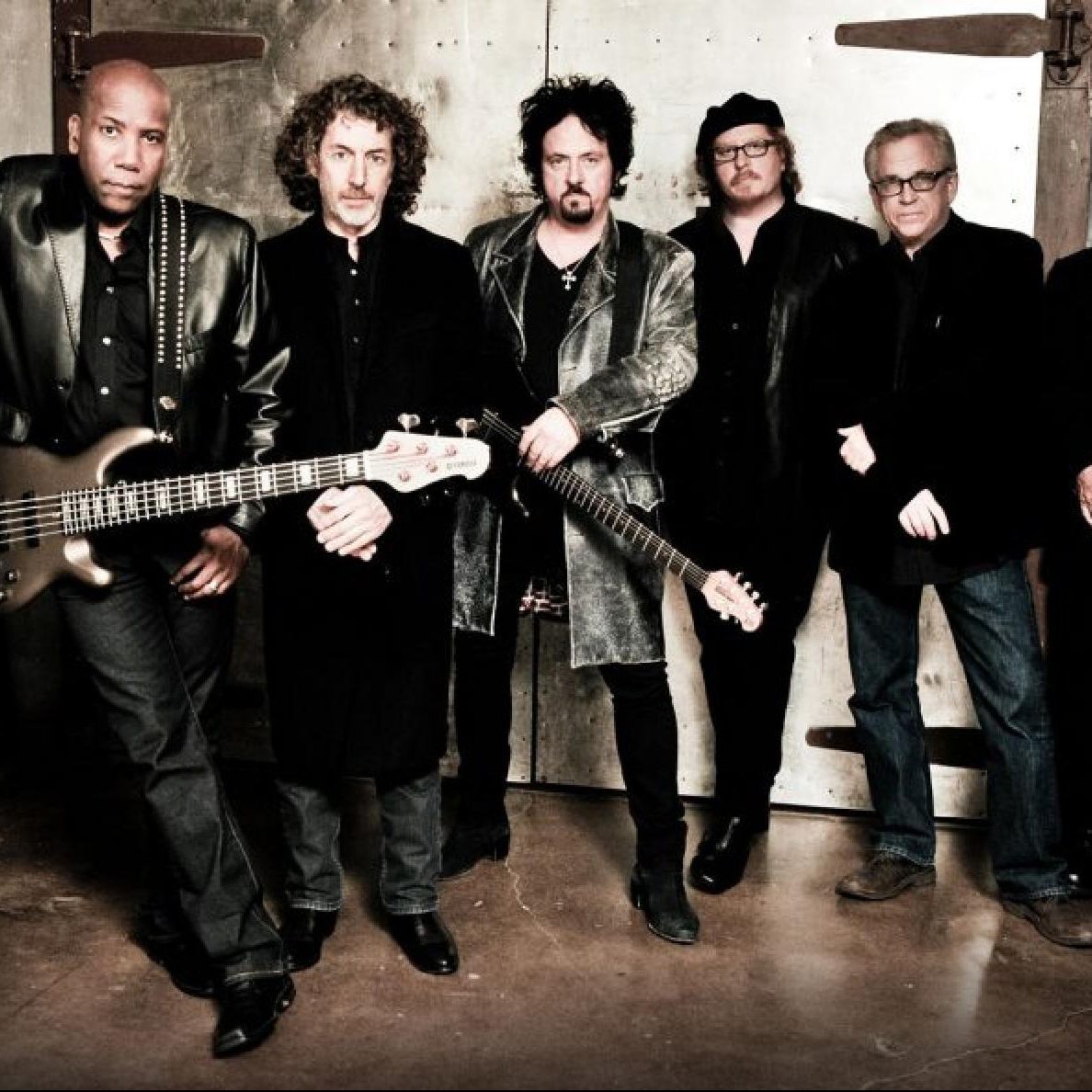
The band were accompanied on their symphonic rock score by the Vienna Symphony Orchestra and the Vienna Volksoper Choir.
While Toto have never recorded another film score, the band’s current vocalist is Joseph Williams – son of perhaps the most celebrated film composer of all time, John Williams.
7. The ‘baliset’ played by Patrick Stewart is a real instrument
One scene in Dune sees Patrick Stewart’s Gurney Hallack playing music on an extra-terrestrial instrument known as the baliset.
It may look and sound somewhat otherworldly (which was obviously the idea), but this is in fact a very real instrument of earthly origin. The ‘baliset’ is in fact a guitar-like stringed instrument known as the Chapman Stick.
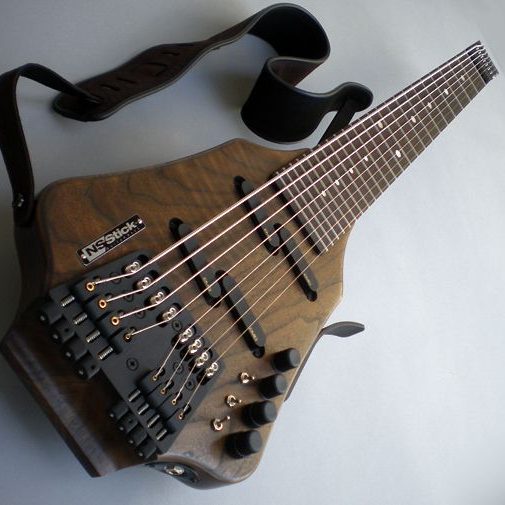
Created by Emmett Chapman in the early 1970s, it has twelve strings and can play bass lines and lead guitar sections simultaneously.
The music we hear in the scene is indeed made by the Chapman Stick, although it isn’t actually Patrick Stewart playing the instrument.

Instead, the music provided in the scene is played by the instrument’s inventor Emmett Chapman himself.
Chapman Sticks have been featured on records by such artists as Pink Floyd, Peter Gabriel, Pearl Jam and The Dave Matthews Band.
6. Lots of official merchandise was produced
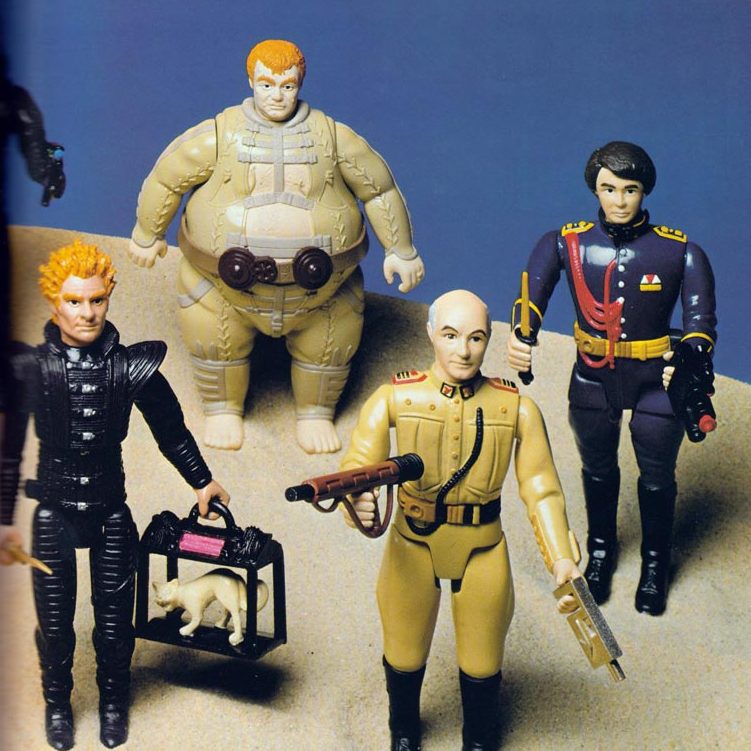
Given that Dune hoped to ape the success of Star Wars, it was only natural that a ton of merchandise was produced.
LJN put out a line of official Dune toys, including figures of several key characters, vehicles, and a fully posable sandworm.

Unfortunately for LJN, sales were very low in light of the film’s box office failure and its lack of appeal to children.
An official Dune board game was produced by Parker Brothers to coincide with the film’s release; again, this wasn’t a big seller at the time.
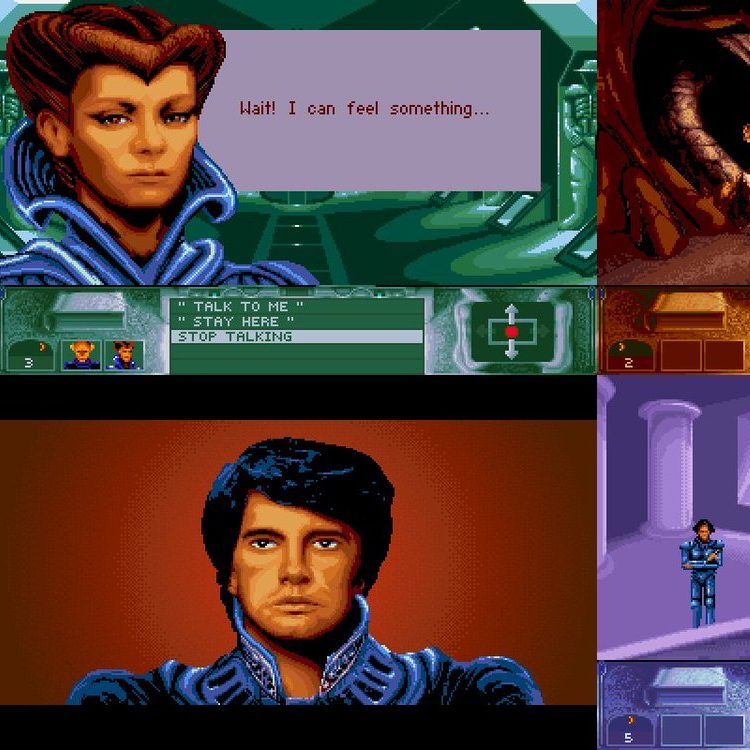
However, as Dune developed a cult following in the years since, more such merchandise was produced, including trading cards and video games.
The Dune video games proved a particular success; the second of these, 1992’s Dune II: Battle for Arrakis by Westwood Studios, is widely hailed as the first ‘real time strategy’ game.
5. It was remade as a TV mini-series in 2000
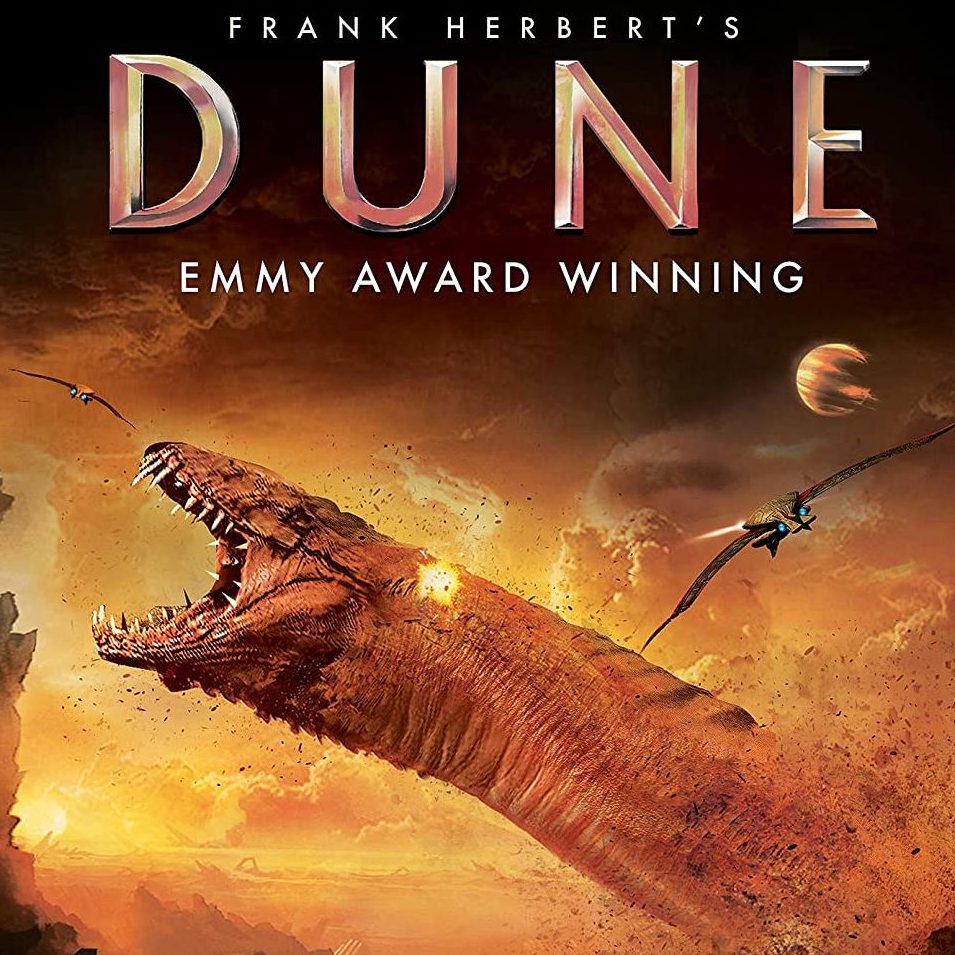
It was widely agreed after the 1984 film came out that Dune was simply too big a story to try and fit into a single film.
It was as such entirely logical that the next time an adaptation of Frank Herbert’s novel was attempted, it was as a TV mini-series.

Frank Herbert’s Dune was a three-part series, six hours in length, which premiered on The Sci-Fi Channel (now known as SyFy) in 2000.
The mini-series was written and directed by John Harrison, and proved to be one of The Sci-Fi Channel’s highest-rated shows ever according to Nielsen.
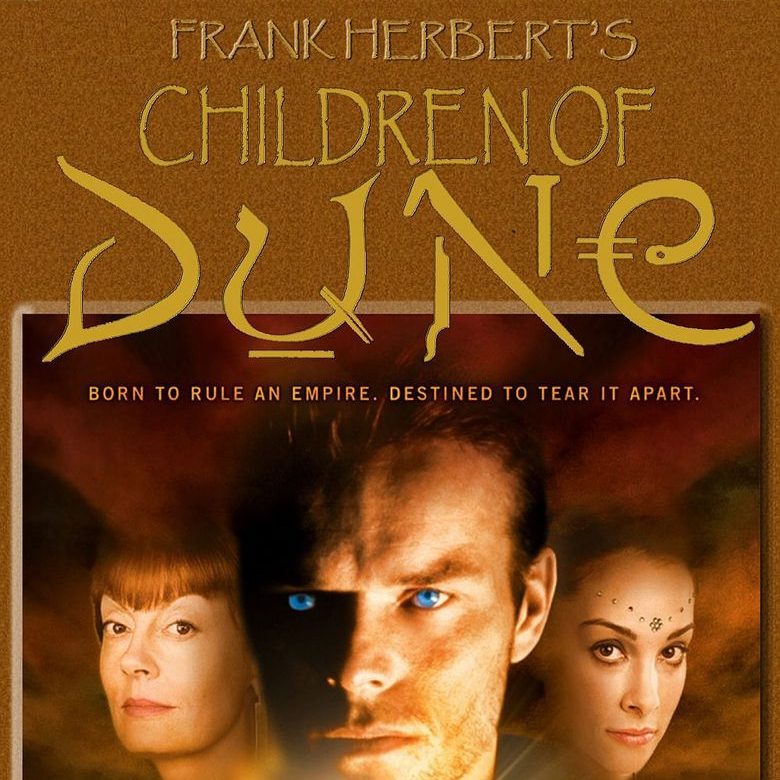
It was a big enough success for Harrison to return as writer-director of follow-up series Children of Dune, which adapted the second and third books in the series.
Aficionados of Frank Herbert’s novels generally regarded these superior to the 1984 film, but both shows were largely ignored by a mass audience.
4. It was nominated for an Academy Award despite being a critical and commercial flop

On release in December 1984, Dune didn’t go down particularly well with either audiences or critics.
Its box office takings of around $37 million might have been respectable, were it not that the film had cost over $40 million to make.
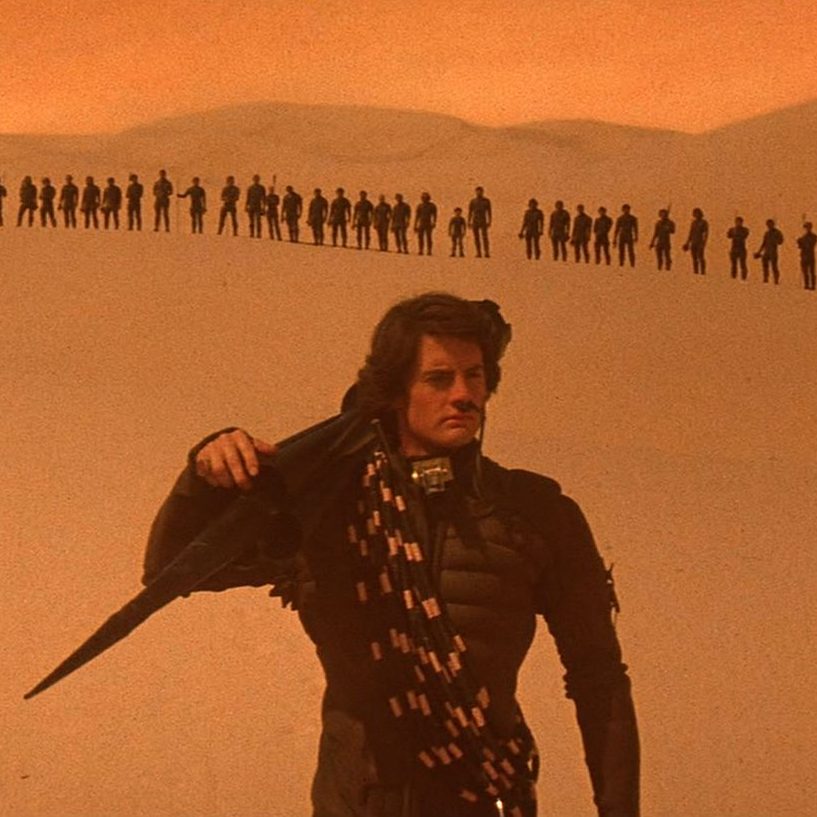
The reviews, meanwhile, were almost universally negative, blasting the film as a muddled mess which bungles the source material.
In spite of all this, Dune still managed to gain some recognition at the year’s most prestigious awards show, the Oscars.

Perhaps unsurprisingly, the one nomination Dune received was in a technical category: Best Sound.
However, Dune missed out on this single Oscar to the big winner of the night, Amadeus.
3. Sean Young recorded hours of behind-the-scenes footage on a home movie camera
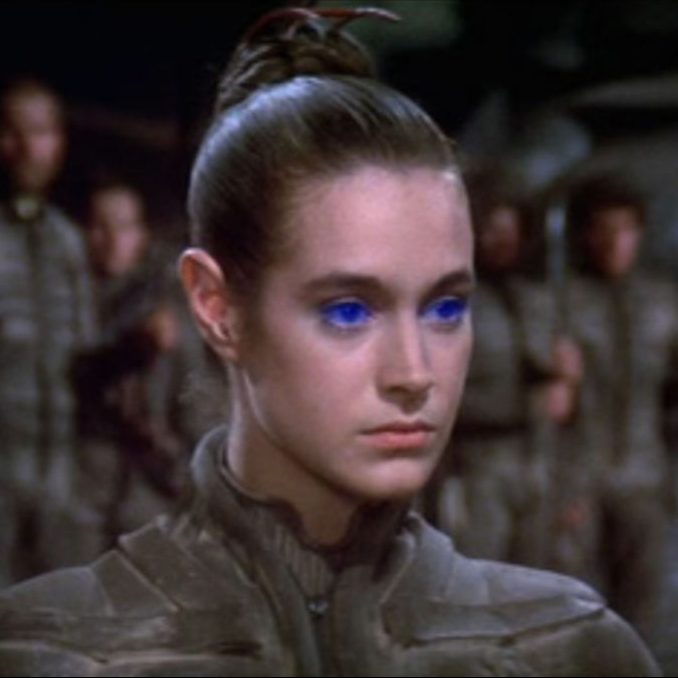
Director Ridley Scott abandoned Dune to instead make Blade Runner – but both films share one key cast member in Sean Young.
Young brought a Super-8 camera to the set of Dune, with which she shot hours of behind-the-scenes footage.
In 2010, Young edited some of this footage together and uploaded it to Youtube in a rough documentary format.
This candid footage captures a sense of what day-to-day life was like for the cast and crew throughout production on Dune. Young emphasises that, even though Dune has a reputation for being a hugely troubled production, the people making the film were for the most part having a great time.

As the actress states in her voiceover narration, “It was an international crew, we all loved it, we were all happy.”
Young enjoyed a number of high profile roles in the 1980s, but sadly her career stalled by the mid-90s when she developed a reputation for being difficult to work with.
2. Several cast members went on to work with David Lynch again
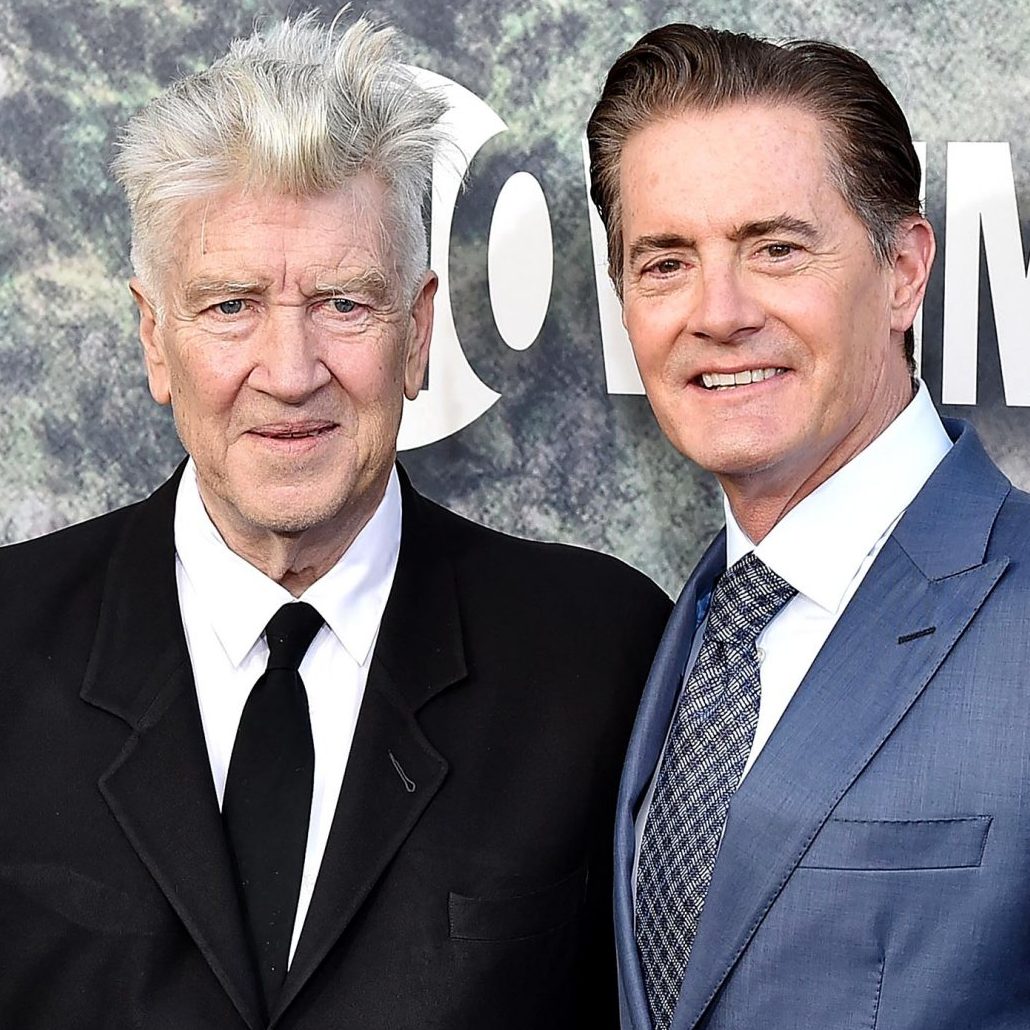
Although David Lynch has reflected on Dune with regret, the film did start a number of enduring working relationships for the director.
Most notably, it was his first time working with Kyle MacLachlan, who would go on to take the lead roles in two of Lynch’s most acclaimed works.
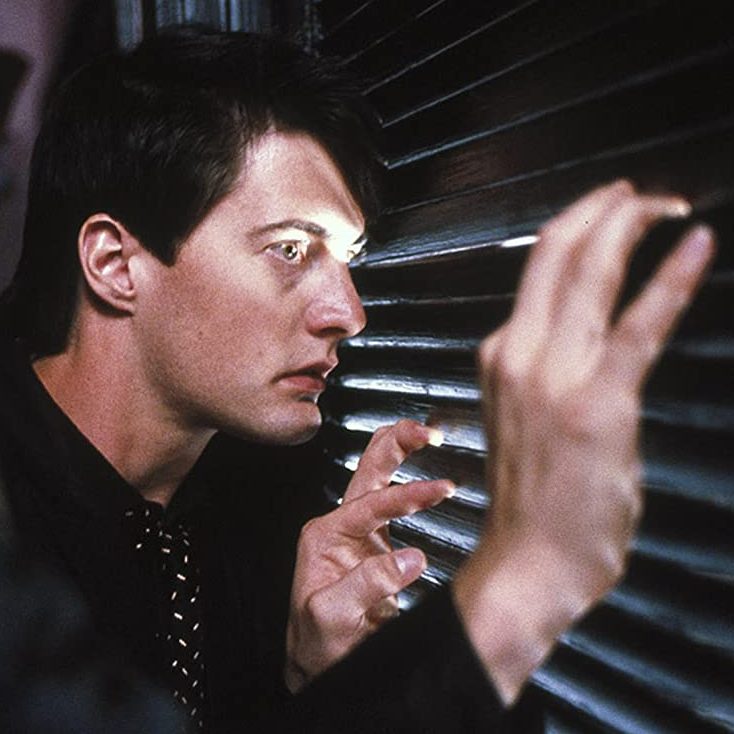
The first of these was Lynch’s 1986 follow-up film, Blue Velvet, and the second was his celebrated TV series Twin Peaks.
MacLachlan wasn’t the only Dune actor to reunite with Lynch on Blue Velvet, as that film would also co-star Brad Dourif and Dean Stockwell.

It’s also worth noting that, despite their differences on Dune, Dino De Laurentiis also produced and distributed Blue Velvet, on the condition that he allow the director total artistic freedom this time.
Other Dune actors who would reunite with Lynch include Everett McGill and Alicia Witt (who would appear in Twin Peaks), and Freddie Jones (Wild at Heart).
1. A big screen remake hit cinemas in 2021

In the years since the Lynch-De Laurentiis misfire, other filmmakers have considered taking on Dune.
However, no further attempts at Dune got off the ground until director Denis Villeneuve (Arrival, Blade Runner 2049) boarded the project.

Villeneuve has made what is planned to be the first of a two-part adaptation of Frank Herbert’s original novel.
The film stars Timothée Chalamet as Paul Atreides, alongside a cast that includes Rebecca Ferguson, Oscar Isaac, Josh Brolin, Jason Momoa, Zendaya and Stellan Skarsgård.
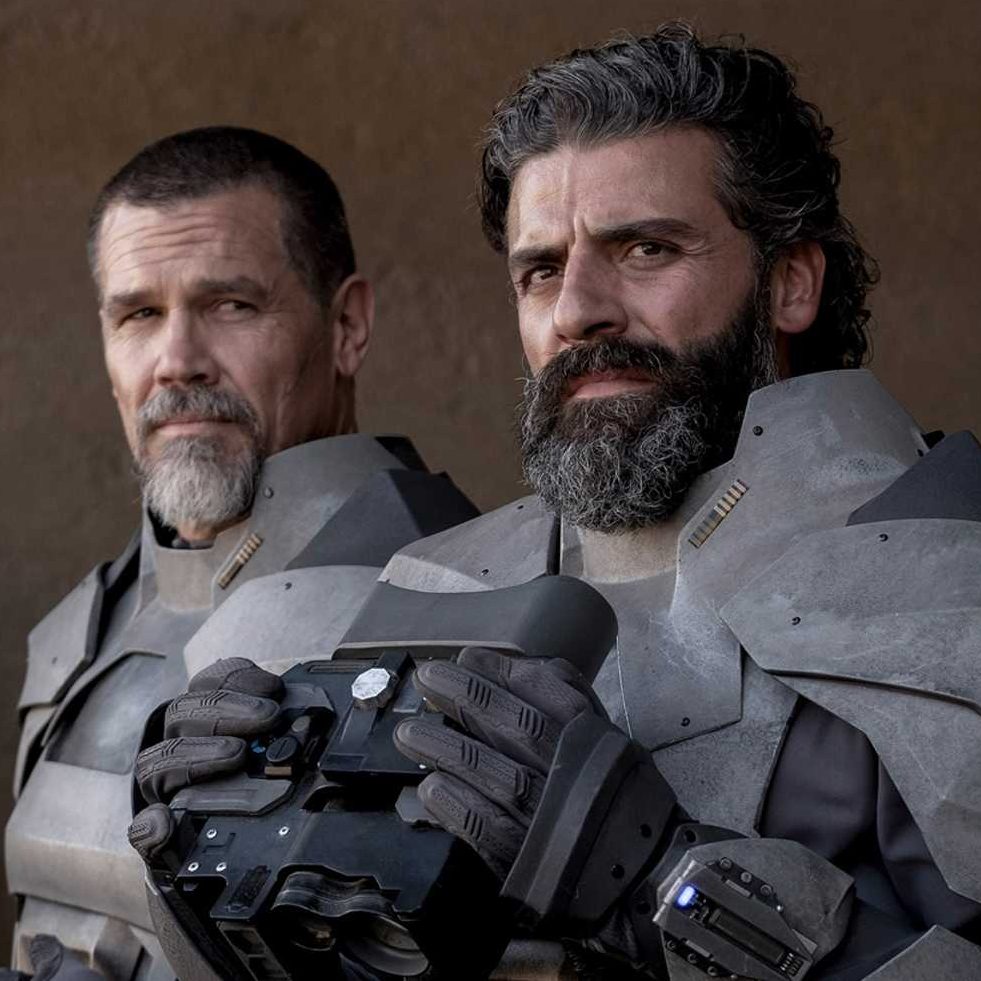
Dune, while delayed by the Covid-19 pandemic, was a critical success on arrival and something of a sleeper box office hit.

